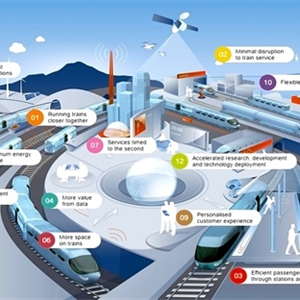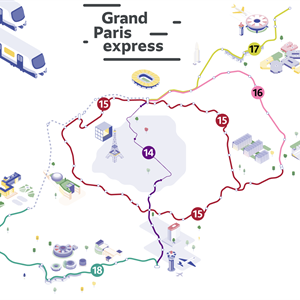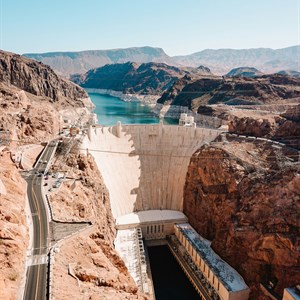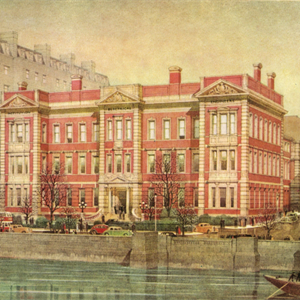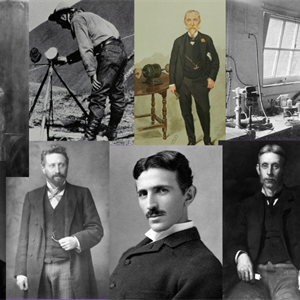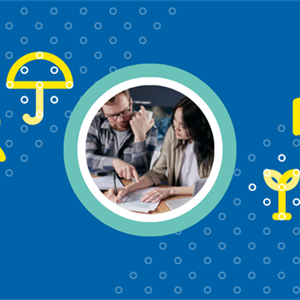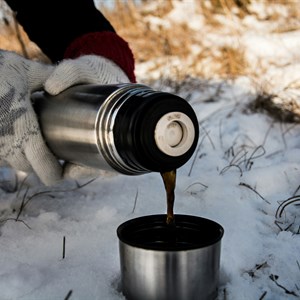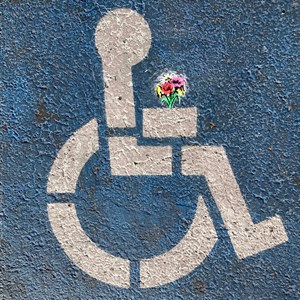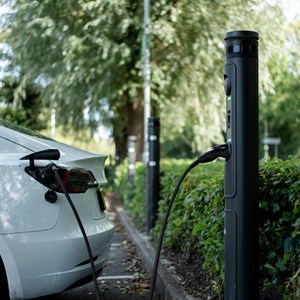IBC Review 2025 - Shaping The Future
Blog Post by Central London Network volunteer Phil Snuggs How are we shaping the future of entertainment and technology? The October Central London Network Evening Lecture was a Panel review in partnership with the Royal Television Society London Network. The topic was the recent IBC2025 show, a global event for the media, entertainment, and technology industry. The Panel in the Turing Lecture Theatre was chaired by Nadine Dereza , Broadcaster & Journalist. Her fellow Panel members were: Dan Cherowbrier – Acting CTO Formula E Muki Kulhan – IBC Accelerators Lead Ian Nock – CEO Fairmile West and vice chair IET Media Technical Network Tia Shenton – RTS Young Technologist of the Year 2025 The panel recounted how IBC 2025 was attended by 43,858 visitors and had 1,300 exhibits…

